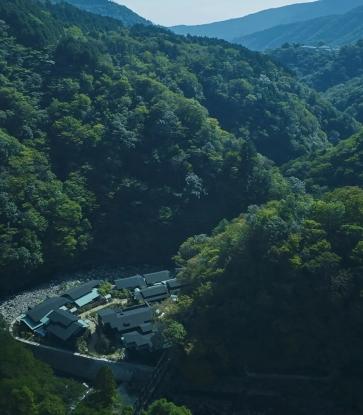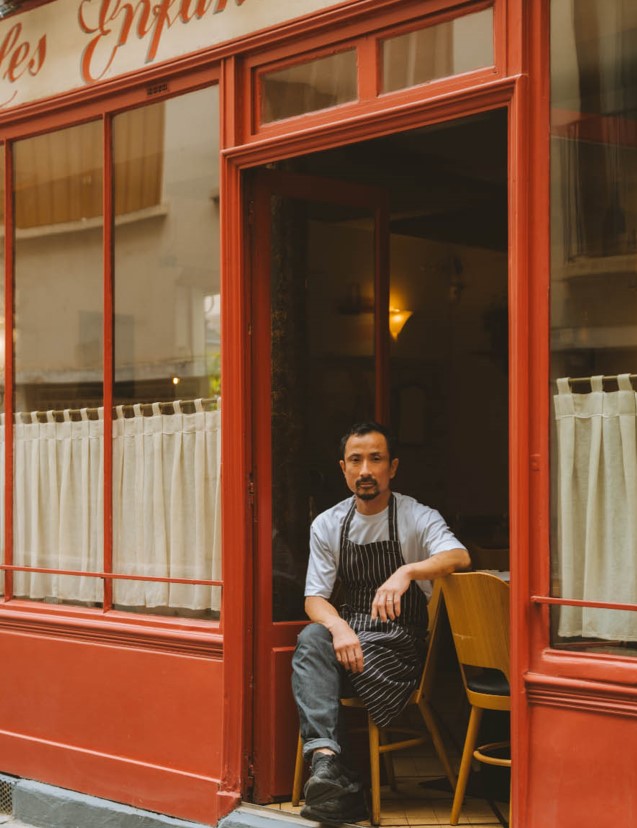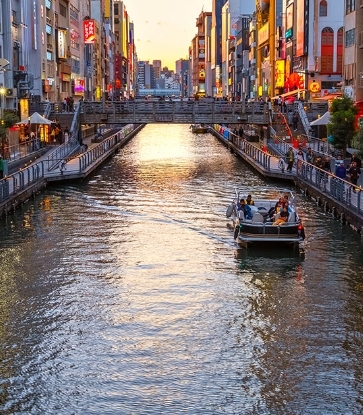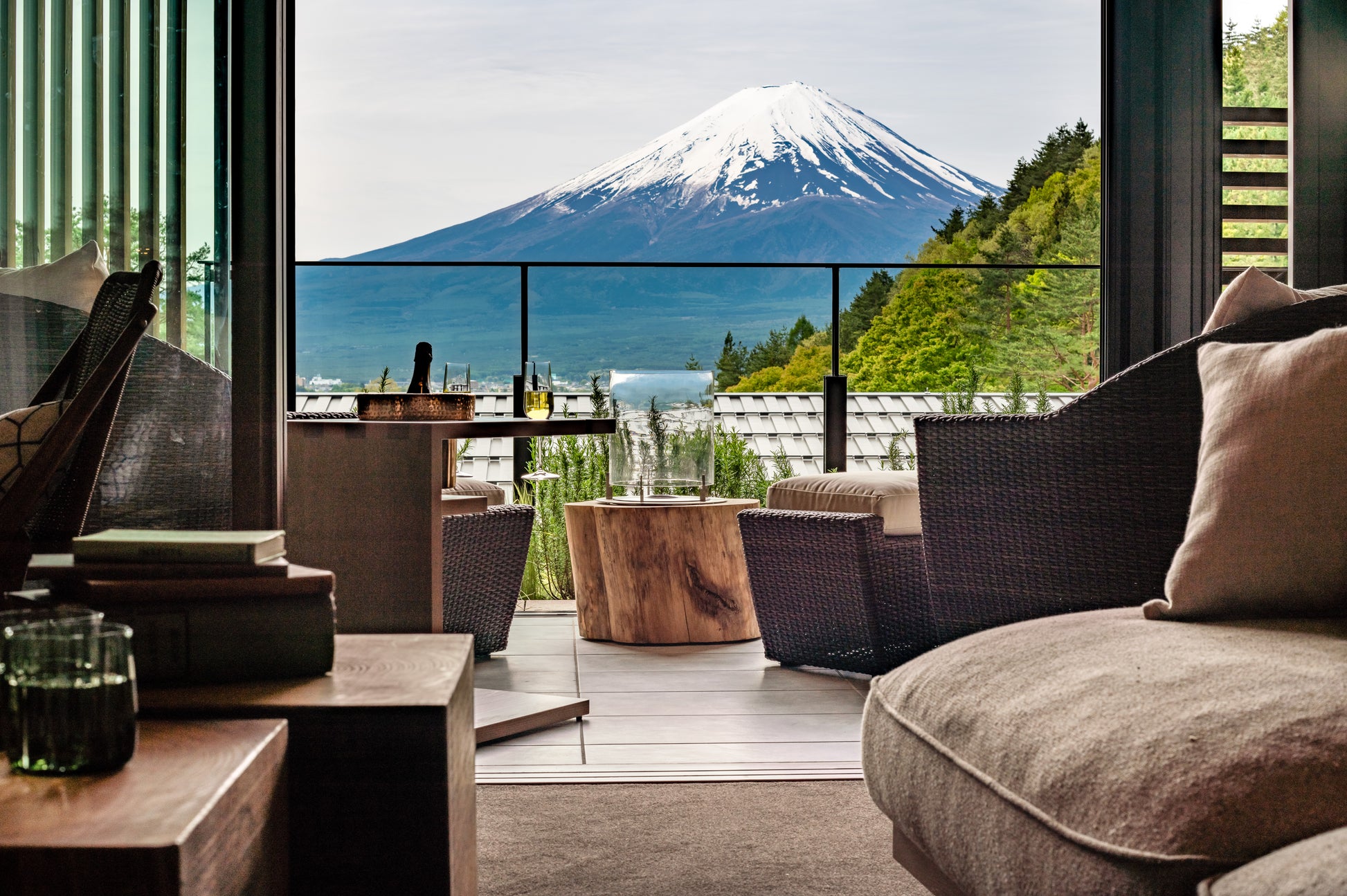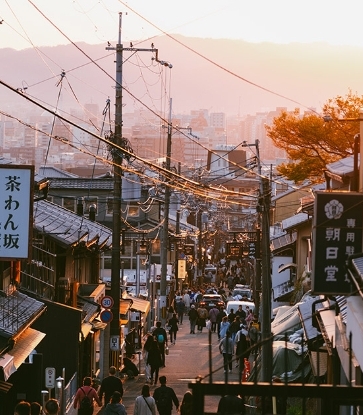There are only 19 kinds of greens officially approved by the local authority as “Brand Kyoyasai”. Similar to the Appellation d'Origine Contrôlée, they are cultivated in Kyoto using specific methods to ensure the product’s quality, with a yellow label to prove their noble status in the market.
The traditional greens which make up Kyoyosai are the 37 varieties documented in the history of Kyoto during or before Meiji Period (1868-1912). Some have been around for more than 1,200 years. These vegetables have played an indispensable role in the food culture of Kyoto through the centuries. During its heyday, all sorts of crops grown within the national territory were sent to the ancient capital. The prefecture’s basin location and long distance from the sea further encouraged its resident to adopt a vegetable-based diet. Not that they had any problem with it anyway – the sweet, juicy greens backed by favourable agricultural conditions made Kyoto cuisine one of the most healthy and delicious in Japan.
Not all the traditional vegetables are “Brand Kyoyasai”. We’ve listed 10 varieties carrying the seal of confidence below. If you have the chance to visit Kyoto, remember to look out for these delicacies for a taste of the region’s terrain.

The spring onion is one of the oldest among Kyoyasai, with 1,300 years of history. It’s been highly valued since its early days as it’s believed to have curative properties against the common cold. As indicated by its name, the top-notch spring onion can be found in the district of Kujo. Its green section is rich in carotene and vitamin B. Soft and sweet with a distinctive aroma, you can find it in miso soup and sugiyaki. Another regional special is ramen topped with fresh Kujo spring onion, its zesty character a welcome counterpoint to the rich broth.

Mizuna is another long-time favourite, mentioned in historical literature since the Edo Period. It’s locally known as “water green” due to its high water content and refreshing taste. Salad and fish stew (to evict the fishy smell) are some common destinations for the vegetable. It’s also the star of a traditional social custom in Kyoto, where family and friends get together during winter to prepare mizuna rice and pickled mizuna.

A close sibling of mizuna, mibuna received its name as it was grown near the temple of Mibu-dera in the 1800s. The leafy green is not only loved for the unique scent but also its versatility. It can be eaten raw, braised or stir-fried with aburaage (deep-fried tofu), dropped into a hotpot, or turned into the most famous pickle in Kyoto – it takes on a remarkable spicy kick after a brief fermentation process.

It was planted around Momoyama as a flower for visual appreciation, but hanana has since found its way to the dining table. It’s especially popular during the meal on the Girl’s Day (or Hinamatsuri) on 3 March. A quick blanch and slight seasoning is all it takes to showcase the green’s freshness. Some add soy sauce and bonito stock to pair with rice. Hanana is also commonly found in pickles and nimono.

Legend has it that the Kintoki carrot was imported to Japan from China during the 16th century. The carrot is often used in winter dishes. Its flashy red hue will appeal to everyone’s appetite. Compared to its western counterpart, Kintoki carrot tastes sweeter and has a softer flesh, devoid of any unpleasant grassy taste. This exquisite crop doesn’t come easy though. A long cultivation time and machine-free harvesting means it is one of the more precious kinds of Kyoyasai on the market.

The typical chilli in Kyoto is easily recognised for its slimmer shape. It’s 12-18 cm in length, and is known for a lack of heat, substituted by a mild sweetness. The best ways of preparation includes grilling and deep-frying into tempura, served as a snack to go with drinks. According to popular belief, it helps to relieve body heat when eaten during summer.

Originated from the temple of Manganji in Maizuru, Kyoto Prefecture, this cross-bred chilli has a slender shape and thick, soft flesh. It outstrips other varieties with regards to size, thus gaining the nickname of “the king of all chilli”. Diners can take advantage of its sweet taste and small amount of seeds through deep frying and grilling.

Yamashina is an offspring of the Mogi eggplant, grown in Sakyō-ku during Edo Period. It was once widely planted in Kyoto – in the 20th century up until 1940, 70% of the eggplants cultivated in Kyoto are Yamashina. It’s likely you haven’t heard of it. This eggplant rarely travels outside the prefecture simply because its thin skin doesn’t hold up well after transportation. Its colour could also change within a few hours after harvest. In the off chance that you have Yamashina eggplant in the kitchen, cook it with sauces, as its tender, moist pulp would soak them all up and transform into dish you won't soon forget.

It’s almost inconceivable that this large, plump radish was born from a long species in Aichi Prefecture 180 years ago. Shogoin daikon’s distinguishing feature is that it has none of the spicy or bitter taste commonly associated with its kind. In the kitchen, the crop stands up to long cooking times, which makes it an ideal ingredient for simmered dishes like winter nimono or oden.

Shogoin kabu is the largest turnip in Japan. This so-called “king of winter plants in Kyoto” is admired for more than just its size. The fair skin, crunchy texture, natural sweetness and fragrance all justify the love of its supporters. Senmaizuke (thousand slices) pickle, made specifically with Shogoin turnip, can be seen all across Kyoto. Local households also add it to nimono with fish for an extra layer of flavour.








